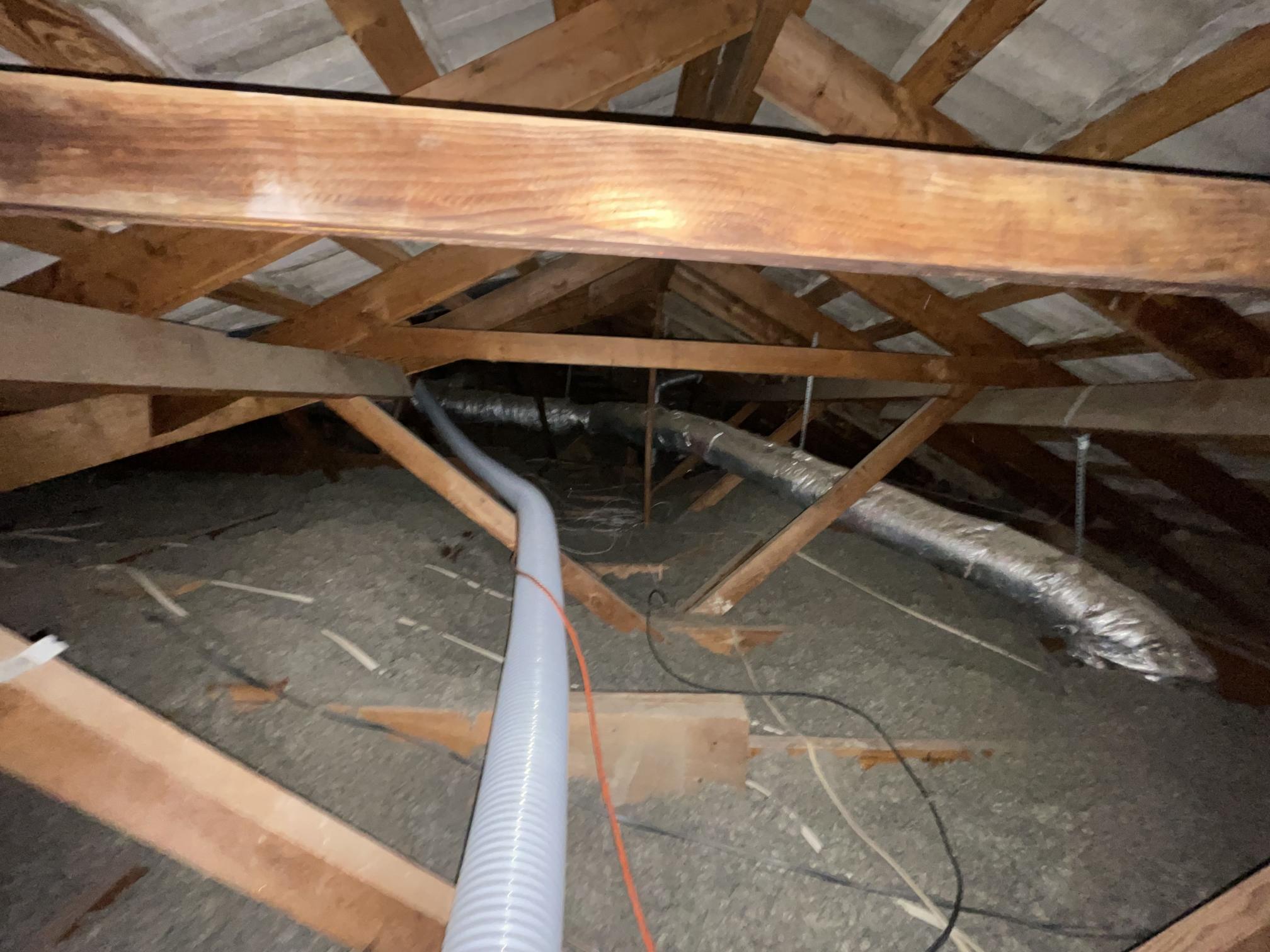

Articles
How Often Should Insulation Be Replaced
Modified: January 8, 2024
Discover how often insulation should be replaced and get expert insights on maintaining a comfortable and energy-efficient home. Explore informative articles on insulation replacement and maximize your home's insulation performance.
(Many of the links in this article redirect to a specific reviewed product. Your purchase of these products through affiliate links helps to generate commission for Storables.com, at no extra cost. Learn more)
Introduction
Insulation plays a crucial role in maintaining the energy efficiency and comfort of our homes or commercial buildings. Over time, however, insulation can deteriorate and lose its effectiveness. This raises an important question: how often should insulation be replaced?
The lifespan of insulation depends on several factors, including the material used, the climate conditions, and the level of maintenance. In this article, we will explore these factors and provide guidelines on when and how often insulation should be replaced.
By understanding the signs of insulation deterioration and considering other important factors, you can ensure that your insulation is performing optimally and that you are maximizing the energy efficiency of your property.
Key Takeaways:
- Regularly assess insulation for signs of deterioration like increased energy bills, temperature fluctuations, and pest infestations. Prompt replacement ensures optimal energy efficiency and comfort in your property.
- Consider factors like material quality, climate conditions, and long-term goals before replacing insulation. Consulting professionals and evaluating potential energy savings can guide informed decision-making.
Read more: How Often To Replace Attic Insulation
Factors Affecting Insulation Lifespan
Several factors can influence the lifespan of insulation, and understanding these factors can help determine the appropriate replacement frequency.
- Material Quality: The quality of the insulation material plays a significant role in its longevity. High-quality insulation materials are designed to withstand wear and tear over time and maintain their insulating properties.
- Installation: Proper installation is crucial for the effectiveness and longevity of insulation. Poor installation can lead to gaps, voids, or compression, which can compromise the insulation’s performance and shorten its lifespan.
- Climate Conditions: The climate in which the building is located can impact insulation lifespan. Extreme temperatures, high humidity, or frequent temperature fluctuations can accelerate the deterioration of insulation materials.
- Maintenance: Regular maintenance and inspections can help identify issues with insulation early on. Cleaning, sealing gaps, and addressing any water damage can extend the lifespan of insulation.
- Pests and Vermin: Infestations by pests and vermin, such as rodents or insects, can damage insulation. Their nesting activities or chewing can compromise the effectiveness of insulation and lead to the need for replacement.
Considering these factors will help determine if and when insulation should be replaced. Regular inspections and maintenance can identify signs of deterioration early on and allow for timely replacement, ensuring the continued energy efficiency and comfort of your property.
Signs of Insulation Deterioration
Monitoring the condition of insulation is vital to ensure its continued effectiveness. Here are some common signs of insulation deterioration to watch out for:
- Increased Energy Bills: If you notice a significant increase in your energy bills, it could be a sign that your insulation is no longer providing adequate thermal resistance. This can be due to aging or damage to the insulation material.
- Temperature Fluctuations: If you experience noticeable temperature fluctuations inside your home or building, it could indicate compromised insulation. Inefficient insulation fails to regulate indoor temperatures consistently.
- Drafts or Cold Spots: Cold drafts or uneven temperature distribution in certain areas can indicate gaps or deterioration in insulation. These issues can lead to discomfort and reduced energy efficiency.
- Moisture or Water Damage: Any signs of moisture or water damage on or around the insulation should not be ignored. Moisture can lead to mold growth, which can affect indoor air quality and damage the insulation material.
- Pest Infestations: If you notice an increase in pest activity or discover nests or droppings in your insulation, it is a clear sign of damage. Pests can compromise the integrity and effectiveness of insulation materials through nesting or chewing.
- Visual Signs of Deterioration: Inspect your insulation for any visible signs of deterioration, such as crumbling, sagging, or discoloration. These visual cues indicate that the insulation material is no longer functioning as it should.
If you notice any of these signs, it is essential to address them promptly. Ignoring insulation deterioration can lead to further damage to your property and decreased energy efficiency. Consulting with a professional insulation contractor can help assess the extent of the deterioration and determine if insulation replacement is necessary.
Insulation should be replaced if it becomes damaged, wet, or compressed, as it loses its effectiveness. Additionally, if your energy bills are increasing, it may be time to consider replacing your insulation.
Recommended Replacement Frequency
The recommended frequency for replacing insulation depends on various factors, including the type of insulation and the conditions it is exposed to. While there isn’t a one-size-fits-all answer, here are some general guidelines:
- Fiberglass Insulation: Fiberglass insulation generally has a long lifespan of 20 to 30 years. However, if it has been subject to severe water damage or pest infestation, it may require replacement sooner.
- Cellulose Insulation: Cellulose insulation, made from recycled paper, can last around 20 to 30 years. Regular maintenance and addressing any moisture issues are essential to maximize its lifespan.
- Spray Foam Insulation: Spray foam insulation has a longer lifespan compared to other types, with an average duration of 30 to 50 years. However, periodic inspections are necessary to ensure it remains in good condition.
- Rigid Foam Insulation: Rigid foam insulation, such as expanded or extruded polystyrene, can last up to 50 years or more with proper installation and maintenance.
It’s important to note that these timelines are estimates and can vary depending on the specific circumstances. Factors like climate, exposure to moisture, and pest activity can significantly impact the lifespan of insulation.
Regular inspections by a professional insulation contractor can help determine if replacement is necessary. Additionally, paying attention to the signs of insulation deterioration mentioned earlier can guide you in identifying when insulation replacement is needed.
Ultimately, the goal is to maintain optimal energy efficiency and comfort in your home or building. If your insulation is no longer performing adequately or showing signs of deterioration, it may be time to consider replacement to ensure optimal insulation performance.
Factors to Consider Before Replacing Insulation
Before proceeding with insulation replacement, there are several factors to consider to ensure you make an informed decision. Taking these factors into account will help you determine the most suitable approach for replacing your insulation:
- Assessment by a Professional: It is recommended to have a professional assess the condition of your current insulation. They can provide expert advice on whether replacement is necessary or if repairs and maintenance can improve its effectiveness.
- Cost and Budget: Replacing insulation can be a significant investment, and it’s important to consider your budget. Research the costs involved, including the removal of existing insulation, installation of new insulation, and any additional materials or labor required.
- Energy Savings: Evaluate the potential energy savings that come with replacing your insulation. Improved insulation can lead to reduced energy consumption and lower utility bills in the long run. Calculate the potential return on investment to determine if it aligns with your financial goals.
- Type of Insulation: Explore different insulation options available on the market. Consider their respective R-values, environmental impact, and suitability for your specific needs and climate conditions. Consult with professionals to determine the best insulation type for your property.
- Building Codes and Regulations: Familiarize yourself with local building codes and regulations regarding insulation. Ensure that the replacement insulation meets or exceeds the required standards to ensure compliance and avoid any potential issues in the future.
- Long-Term Goals: Consider your long-term goals for your property. If you plan to sell or rent it out in the future, energy-efficient insulation can be an attractive selling point or rental feature. Additionally, consider the potential impact on indoor air quality and occupant comfort.
By carefully considering these factors, you can make a well-informed decision regarding insulation replacement. Consulting with insulation professionals can provide valuable insights and help you choose the best course of action based on your specific circumstances and requirements.
Read more: How Often Should Plumbing Be Replaced
Conclusion
Regularly assessing the condition of your insulation and considering the factors that affect its lifespan is crucial for maintaining energy efficiency and comfort in your home or building. While there isn’t a set timeframe for insulation replacement, understanding the signs of deterioration and considering other important factors can guide you in determining when replacement is necessary.
Factors such as material quality, installation, climate conditions, maintenance, and the presence of pests can all impact the longevity of insulation. It’s important to address insulation deterioration promptly to prevent further damage and to ensure optimal insulation performance.
For optimal results, have your insulation inspected by a professional to evaluate its condition and provide expert advice. Consider the cost and potential energy savings associated with insulation replacement, and choose the insulation type that best suits your needs and climate conditions.
Before proceeding with insulation replacement, consider your long-term goals for the property and ensure compliance with building codes and regulations. Investing in high-quality insulation and addressing any issues promptly will not only improve energy efficiency but also enhance the overall comfort and value of your property.
Remember, each property and insulation type is unique, so it’s essential to consult with professionals to determine the best course of action based on your specific circumstances. By following these guidelines, you can ensure that your insulation continues to perform optimally, providing you with a comfortable and energy-efficient space for years to come.
Frequently Asked Questions about How Often Should Insulation Be Replaced
Was this page helpful?
At Storables.com, we guarantee accurate and reliable information. Our content, validated by Expert Board Contributors, is crafted following stringent Editorial Policies. We're committed to providing you with well-researched, expert-backed insights for all your informational needs.
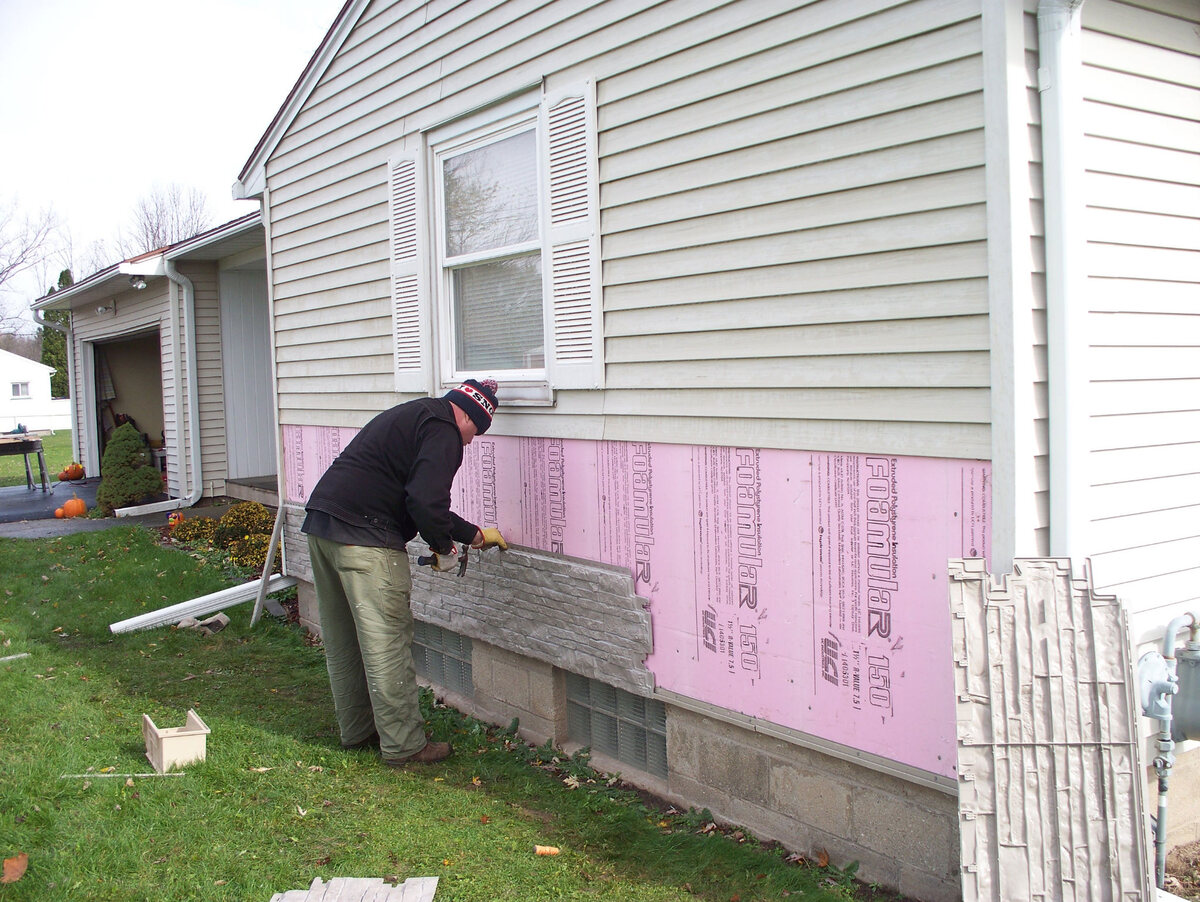


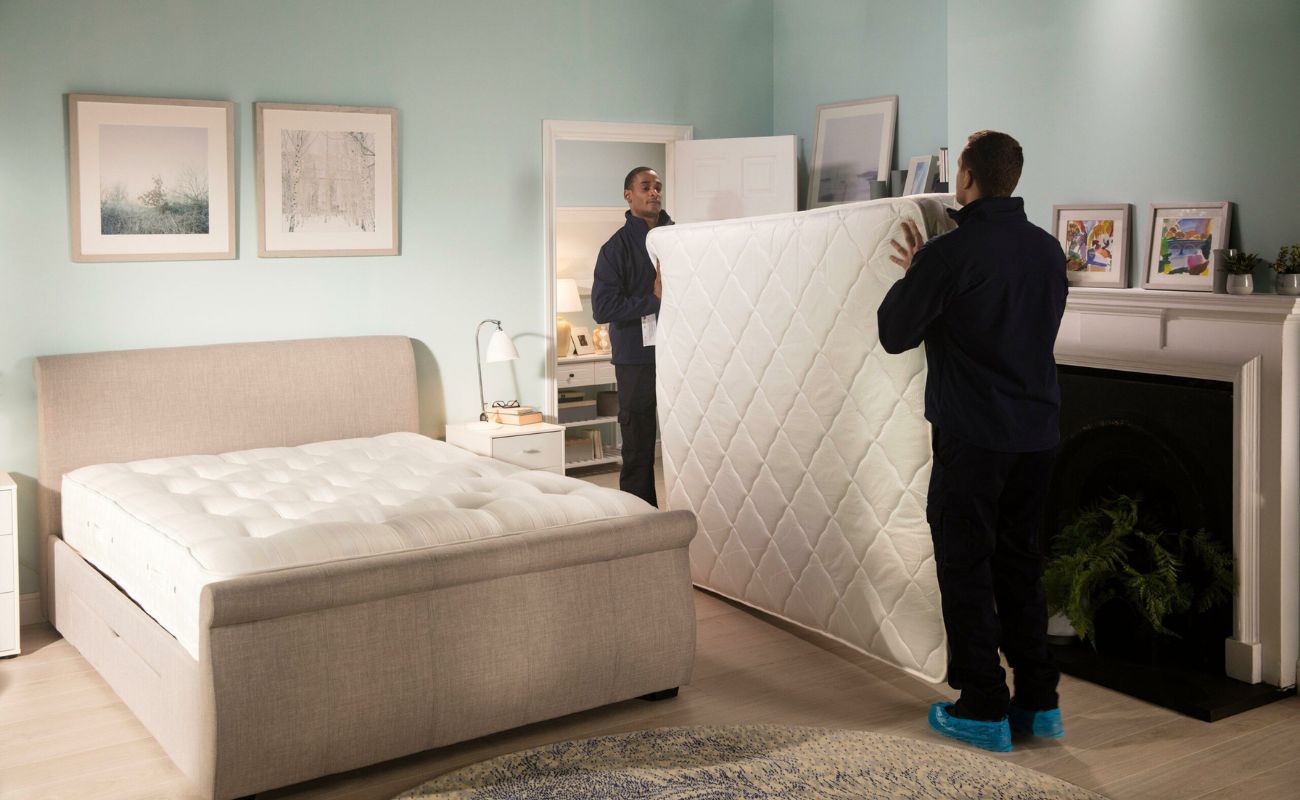

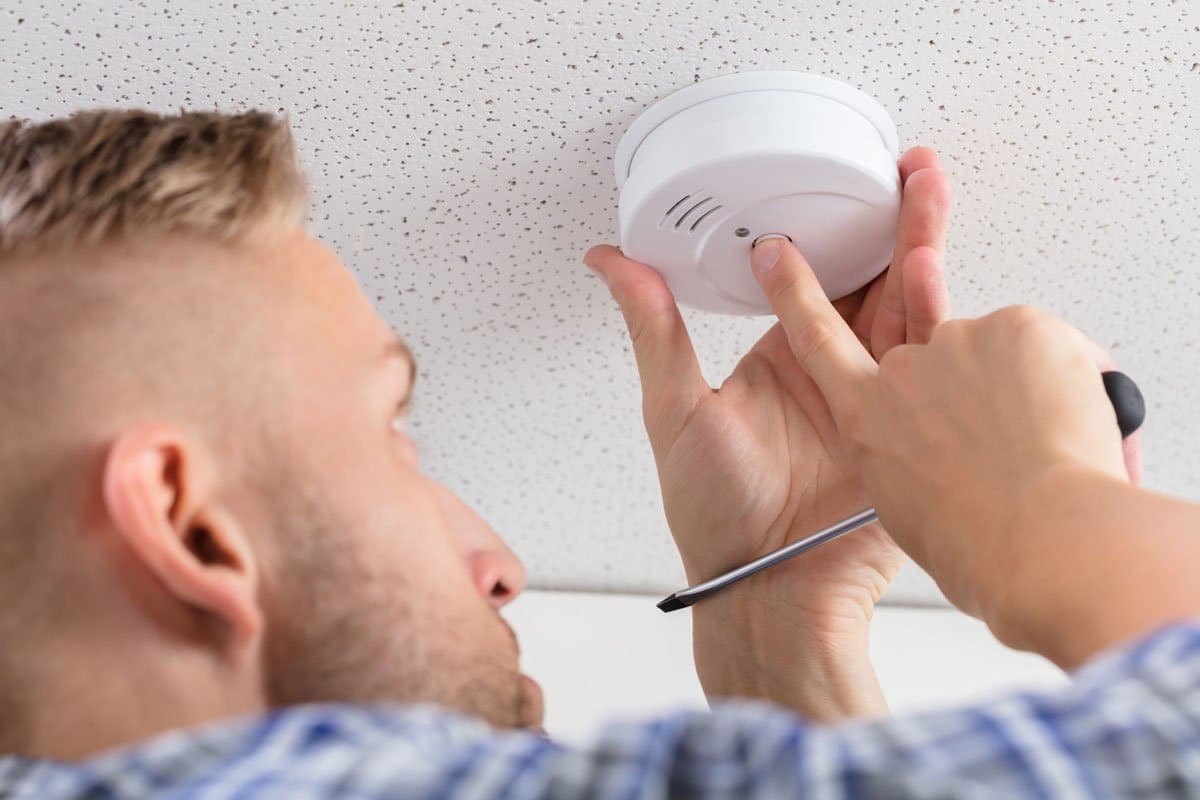
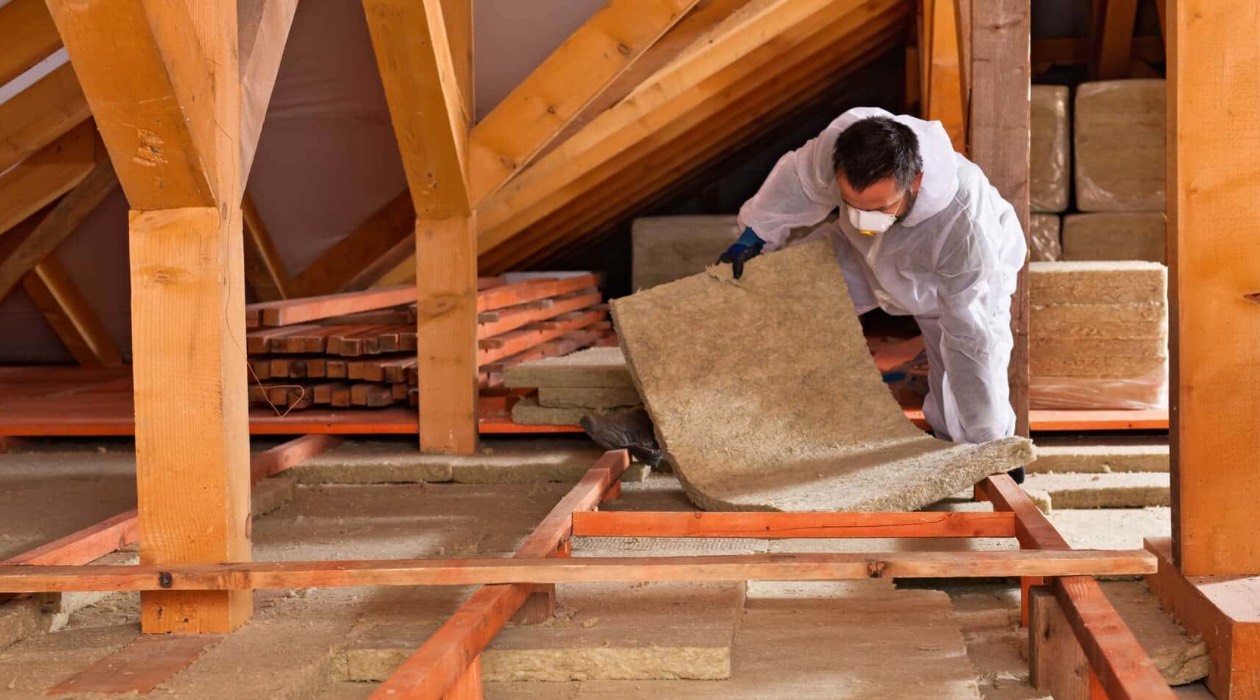
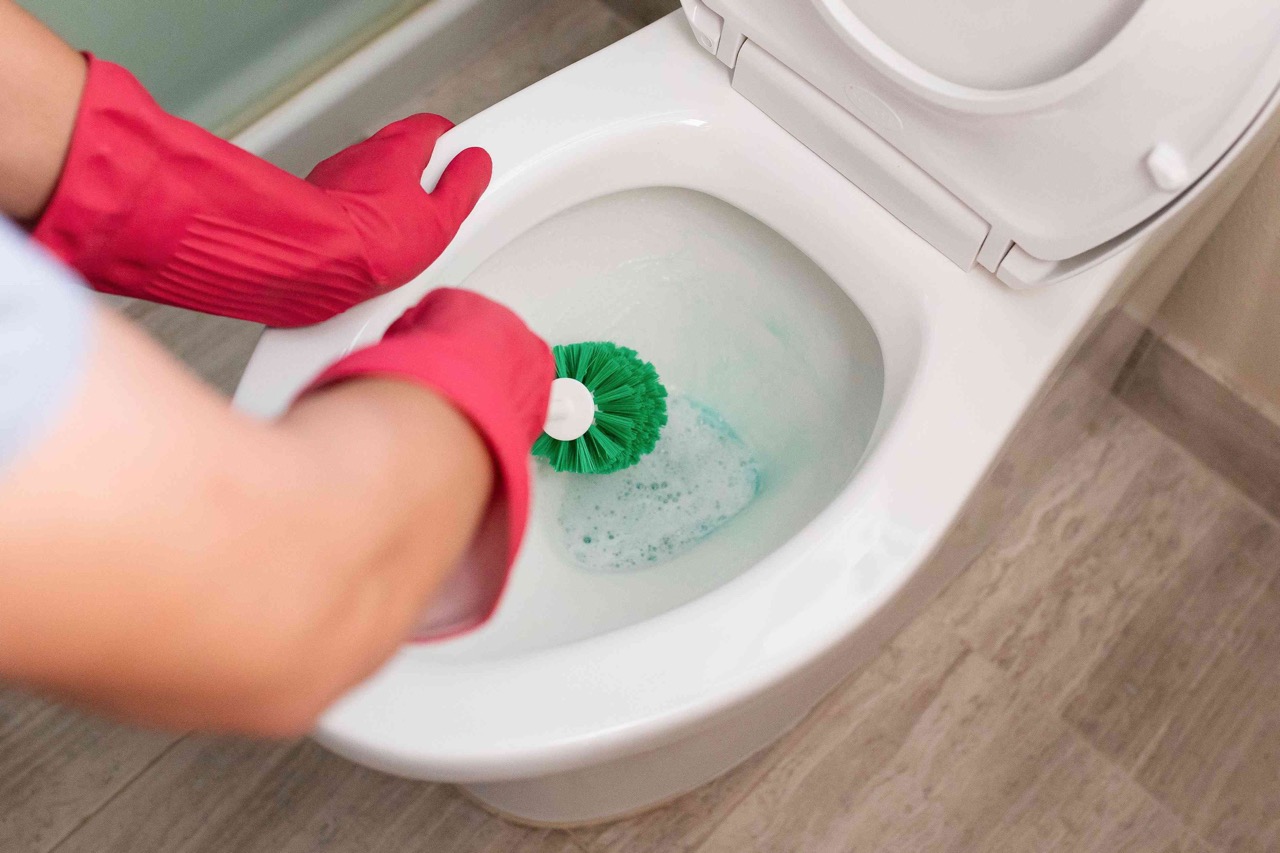

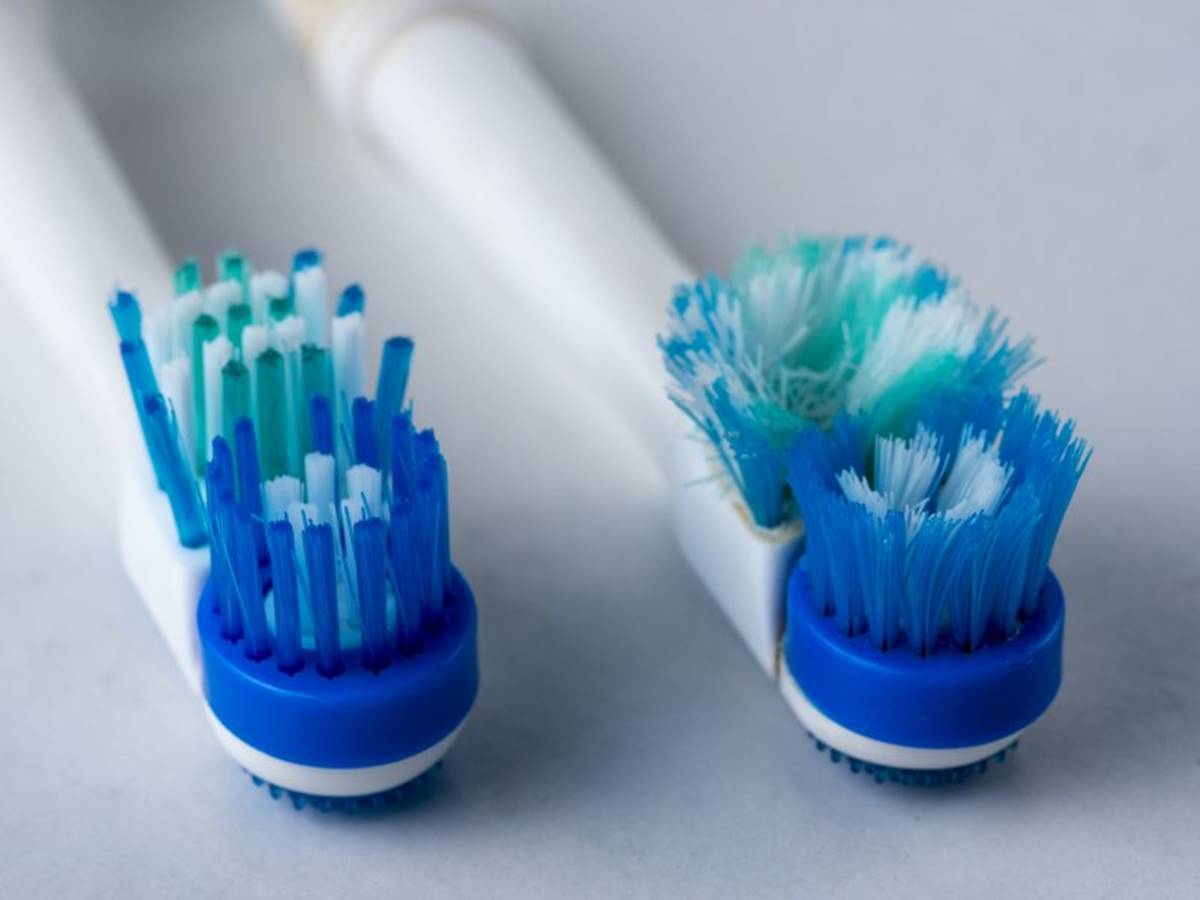
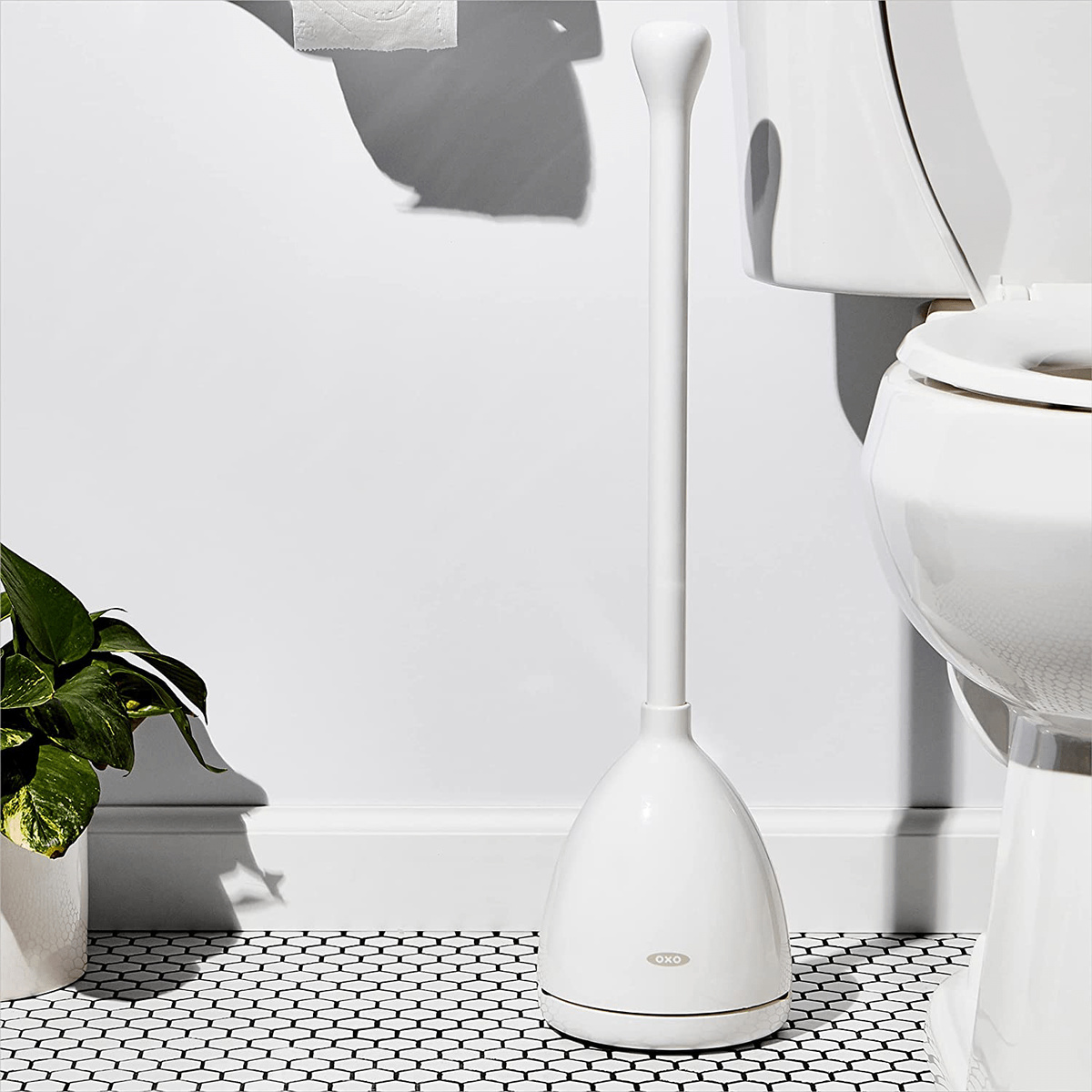
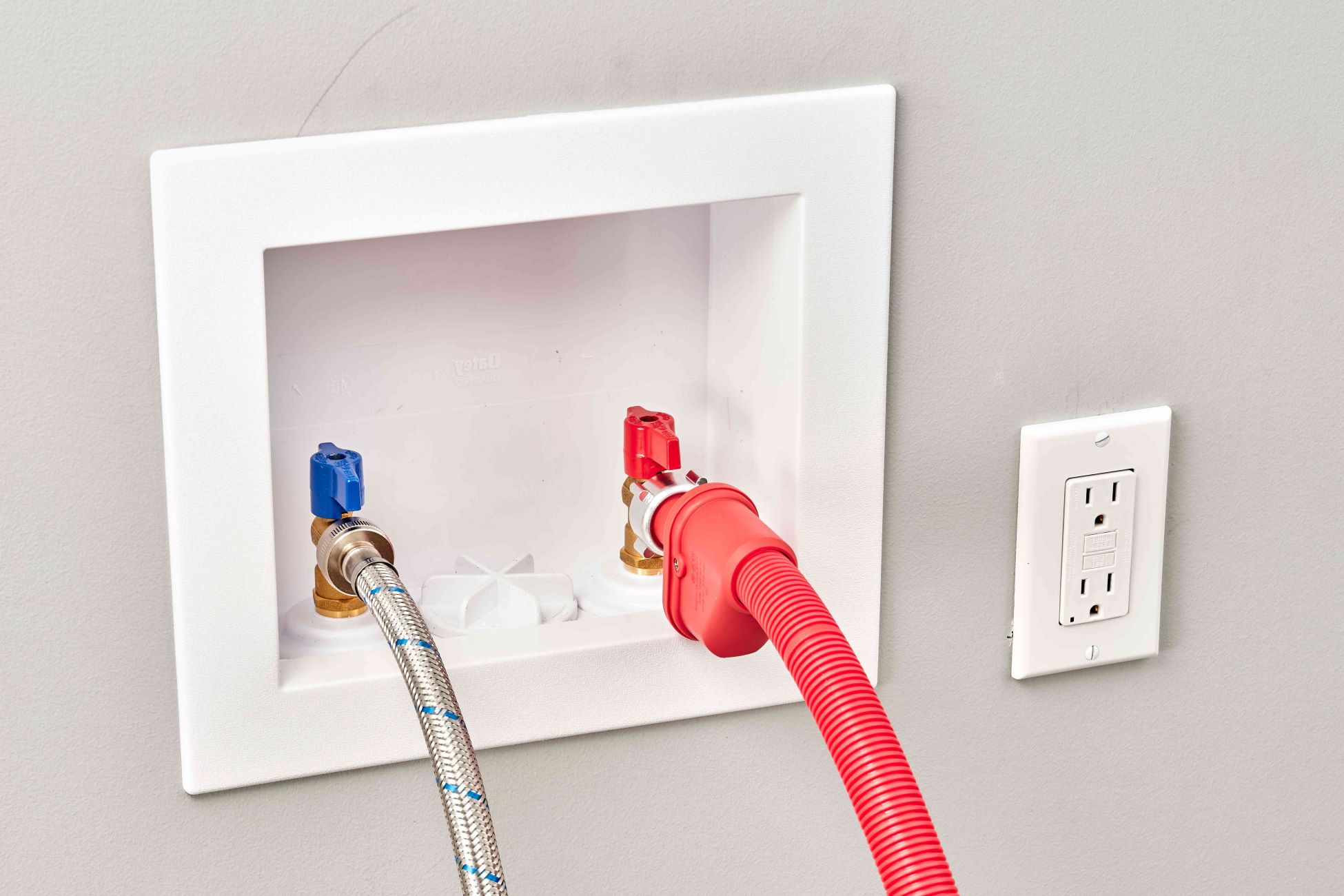
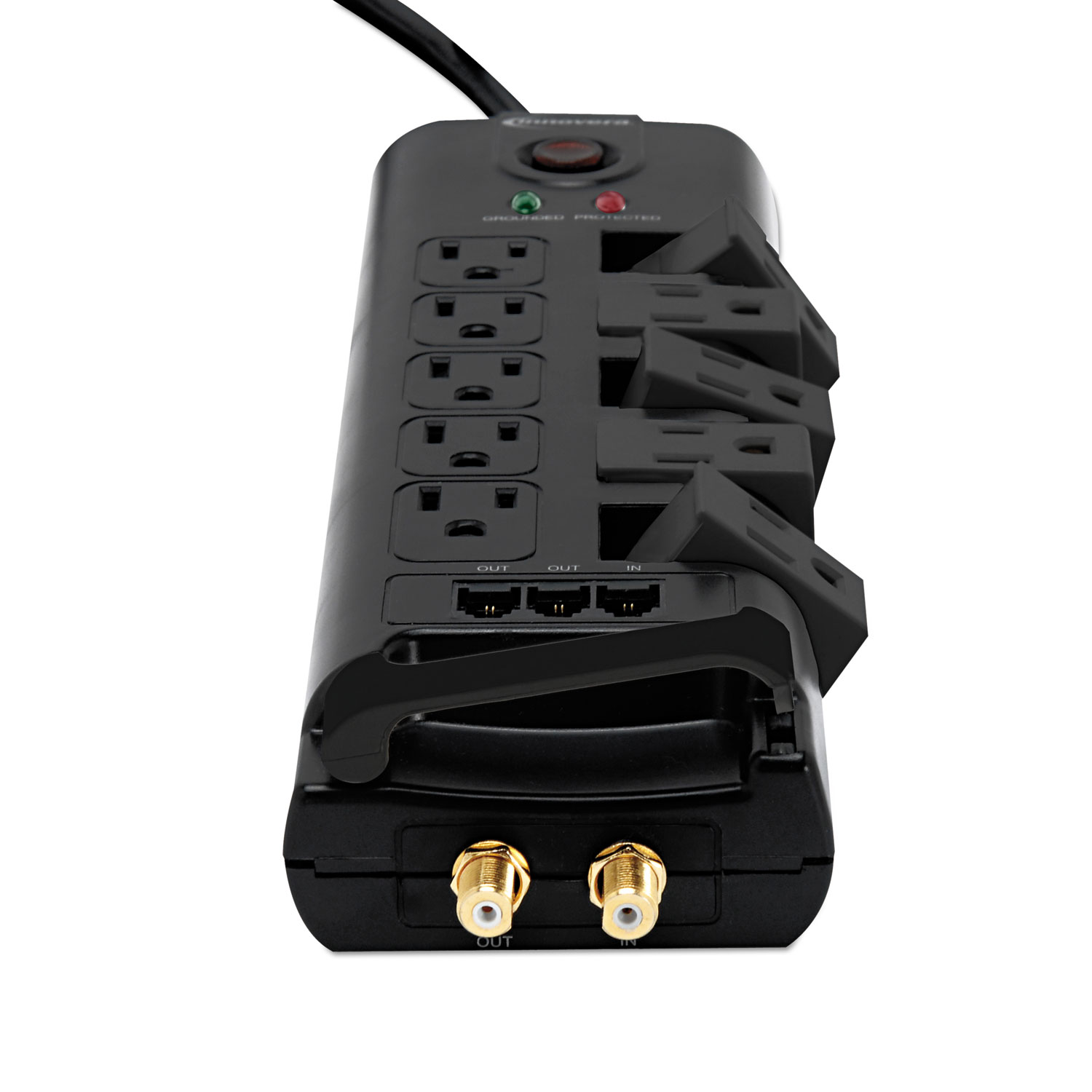
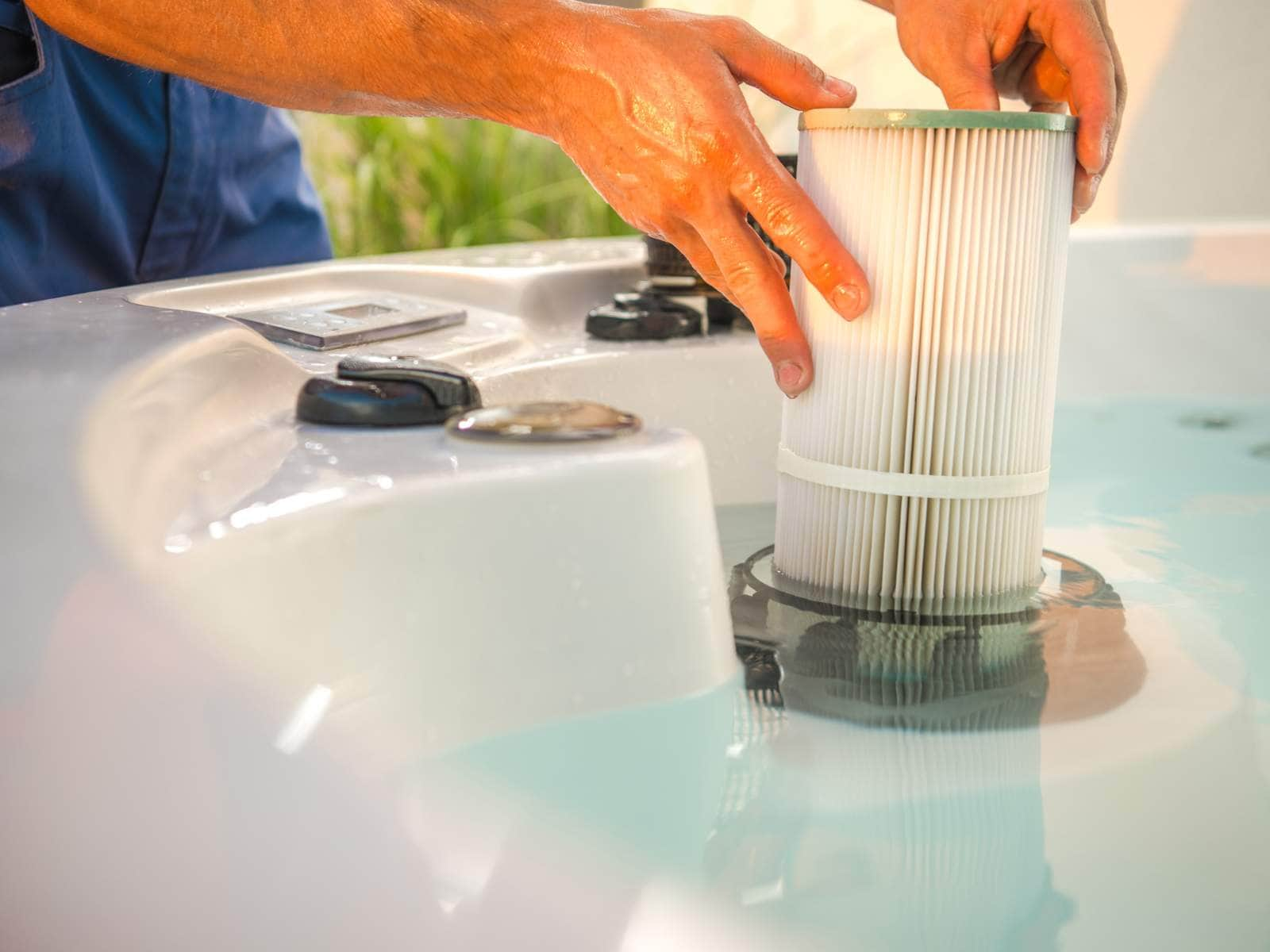

0 thoughts on “How Often Should Insulation Be Replaced”